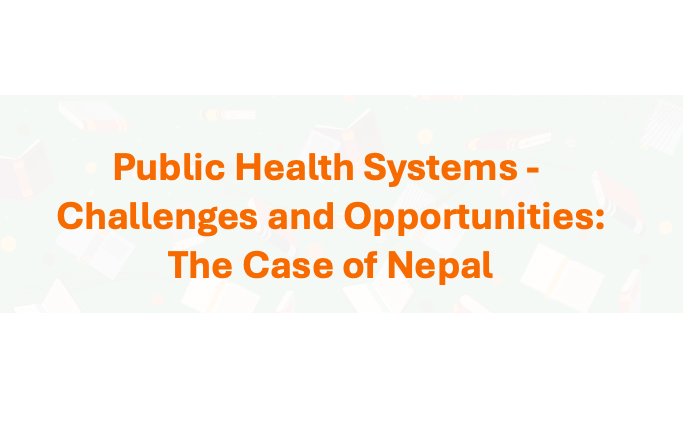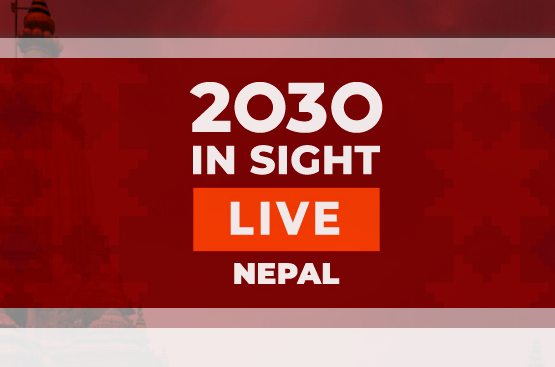Overview
The Center for International Health (CIHLMU) in collaboration with the Patan Academy of Health Sciences (PAHS) announces the course “Public Health Systems – Challenges and Opportunities: The Case of Nepal”, to be held from May 5–9, 2025 in Lalitpur, Nepal.
Key information
Date: May 05-09, 2025
Course Language: English
Registration Deadline: April 18, 2025
Course credits: 3 ECTS
Location: Patan Academy of Health Sciences, Nepal
Content
- An overview of the Public Health delivery system in Nepal
- Comparison of health care systems in different resource settings
- Health related challenges from supply side and demand side
- Public health interventions to address health problems
- Socio-cultural determinants of health care seeking behaviour in Nepal.
This course has been accredited by tropEd Network for Higher Education Institutions in International Health.
Learning Objectives
At the end of the module, the participants will be able to:
- Describe the health care delivery system in Nepal,
- Identify major sources of health-related information,
- Explain major health problems including challenges and opportunities to address these problems,
- Identify socio-cultural aspects of care seeking, service delivery and health behaviors,
- Identify innovations and initiatives to address health problems both from supply side and demand side,
- Compare problems and challenges of health care systems in developed and developing countries, and
- Assess and discuss possible health system solutions in a resource-constrained system.
Registration
Registration is NOW OPEN. Click here to register until April 18, 2025.
Cancellation Policy: For cancellations made before the registration deadline, a non-refundable fee of 100 EUR will be charged. For cancellations made after the registration deadline until the course start, a non-refundable fee of 300 EUR will be charged. In case of no-shows or cancellations from the start of the course, the full course fee will be charged.
Course Coordinators in Nepal
- Sudarshan Paudel – Patan Academy of Health Sciences (Nepal)
- Prof. Madhusudan Subedi – Patan Academy of Health Sciences (Nepal)
- Dr. Deepak Paudel – Save the Children (Nepal)
All correspondence (inquiries, organisation and registration) via the Teaching & Training Unit in Munich, ttu@lrz.uni-muenchen.de. Click here to register until April 18, 2025.
- Programme Implementation Guidelines for local levels (2082/083)
- Call for Experts! Technical Advisory Group on Leprosy
- Call for Experts: WHO SEA Region Strategic Advisory Group on Prevention and Control of NCDs
- World Breastfeeding Week 2025: Invest in breastfeeding, invest in the future!
- Handbook on Breastfeeding (For Pregnant Women and Lactating Mother)












